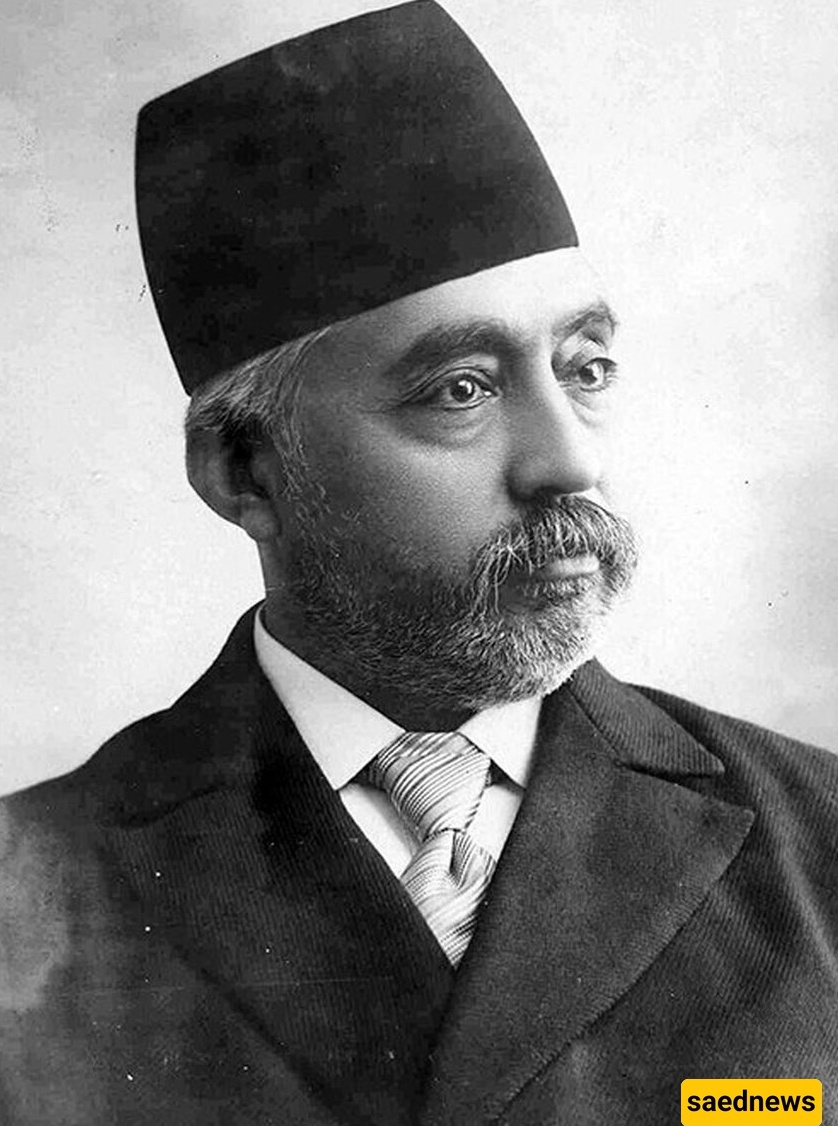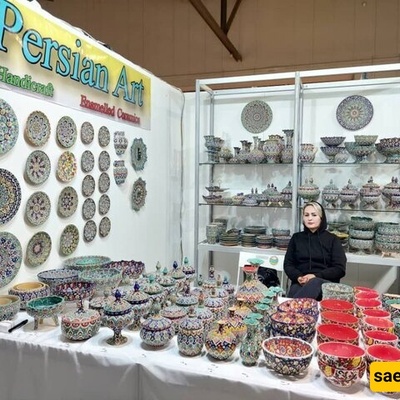Saed News: Stay with us for this interesting article ahead.

Saed News History Service, quoting Faradid:
Two Georgian workers of Russian nationality murdered the son of Mokhber-ol-Dowleh at Mokhber-ol-Dowleh Crossroad. Although they confessed that some other Iranian officials had instigated and hired them, the full secrets behind this murder were never completely revealed. However, his main “crime” was financial reforms that naturally conflicted with the interests of certain parties. He was not Iran’s “Amir Kabir the Second,” but he had studied at Dar al-Fonun — the technical school founded by Amir Kabir — and therefore was concerned about the industrial modernization of Iran. Yet, he soon realized that until politics was properly organized, the economy and industry would not be stabilized, so he entered the parliament. The killers were sent to Russia under capitulation rights and were neither tried nor punished in Iran.

Mortaza Gholi Khan Hedayat’s fame was not only because he became the president of the first National Consultative Assembly (parliament), the achievement of the Constitutional Revolution. He was the second son of Mirza Ali Gholi Khan Hedayat (Mokhber-ol-Dowleh), and interestingly, he was also murdered at Mokhber-ol-Dowleh Crossroad.
Sani’ al-Dowleh
Aside from him, his brother Mehdi Gholi Khan Hedayat was another notable figure whose memoirs remain one of the most important sources for studying contemporary history. ("Mehdi Gholi Hedayat," with the title Mokhber-ol-Saltaneh, along with his brother Mortaza Gholi and Mirhossein Khan Pirnia, prepared the election regulations. Also, Mokhber-ol-Saltaneh was responsible for organizing the first parliamentary elections in Tehran.)
For those interested in contemporary history, “Mokhber-ol-Saltaneh” is a well-known name. This fame mainly stems from his roles in various political offices in Iran during the late Qajar era and Reza Shah Pahlavi’s rule. His political life spanned the reigns of six kings and major events such as the assassination of Naser al-Din Shah, the Constitutional Revolution, the Minor Tyranny, the fall of the Qajar dynasty, the rise of Reza Shah, World Wars I and II, the occupation of Iran, and the coronation of Mohammad Reza Shah. In most of these events, Mokhber-ol-Saltaneh was either an informed observer or an active participant, providing firsthand accounts in his memoirs.
Both brothers accompanied Naser al-Din Shah on his pilgrimage to the holy cities (Atabat ‘Aliyat), and the title Sani’ al-Dowleh was given to Mortaza Gholi Khan by Naser al-Din Shah. After studying at Dar al-Fonun (Iran’s first modern university), he went to Germany and became a mining engineer. Upon his return in 1273 (Solar Hijri calendar), he founded a rope-making factory, earning recognition as one of the founders of modern textile industry in Iran.


Sani’ al-Dowleh Spinning Factory
Naser al-Din Shah greatly appreciated Sani’ al-Dowleh’s knowledge and expertise and besides bestowing this title on him, he became a relative of the Shah by marrying the crown prince’s daughter (Ehtesham-ol-Saltaneh, daughter of Mozaffar al-Din Mirza or the next Mozaffar al-Din Shah). Being the son-in-law of Mozaffar al-Din Shah and son of Mokhber-ol-Dowleh would have been enough for any other official to spend his days in leisure, but Mortaza Gholi Khan Hedayat was disciplined and had an industrial and national reputation.
He is also regarded as one of the founders of Iran’s navy since during Mozaffar al-Din Shah’s reign, he went to England to buy warships and artillery.
Actually, he had also traveled to Europe during Naser al-Din Shah’s time for ship purchases, and if there are criticisms of him in the memoirs of Etemad-ol-Saltaneh, they pertain to before Naser al-Din Shah’s assassination because Mortaza Gholi Khan died before that event, and the main ship purchase contracts were signed during the next Shah’s reign.
Interestingly, he named one ship “Persepolis” and another “Mozafari” to foster a stronger sense of identity among Iranians. It is also notable that this official, belonging to one of the oldest families in Tehran, a son-in-law of the Shah and Sani’ al-Dowleh, was born and raised in the “Chaleh Meydan” neighborhood of Tehran.
During his presidency of the National Consultative Assembly, he opposed the Iranian government’s loan proposal from Russia and England, becoming known as an anti-Russian figure.
Besides him, Atabak was also opposed. Atabak was assassinated on August 30, 1907 (8 Shahrivar 1286), and a week later, Sani’ al-Dowleh, who knew he was the next target, resigned from the parliamentary presidency.
Not only did he resign, but he also stopped attending parliament for a while. Two years later, he was again elected as Tehran’s representative with 1,513 votes out of a total 5,825 votes. Later, during Sepahdar Tankabani’s government, he first became Minister of Science and Endowments and then Minister of Public Works.
Mortaza Gholi Khan Hedayat’s main concern was “saving Iran’s economy.” He wrote a treatise with that title and had financial proposals intended to manage the state finances.
On February 4 (15 Bahman), while on his way to parliament to present the first proposed budget, although he had not yet taken an official economic position in the government, his broad experience and expertise were notable. At Mokhber-ol-Dowleh Crossroad, two Georgian workers of Russian nationality murdered the son of Mokhber-ol-Dowleh. Although they confessed that other Iranian officials had incited and hired them, the full secrets behind the murder were never completely revealed, though his main “crime” was financial reforms that naturally conflicted with certain interests.

